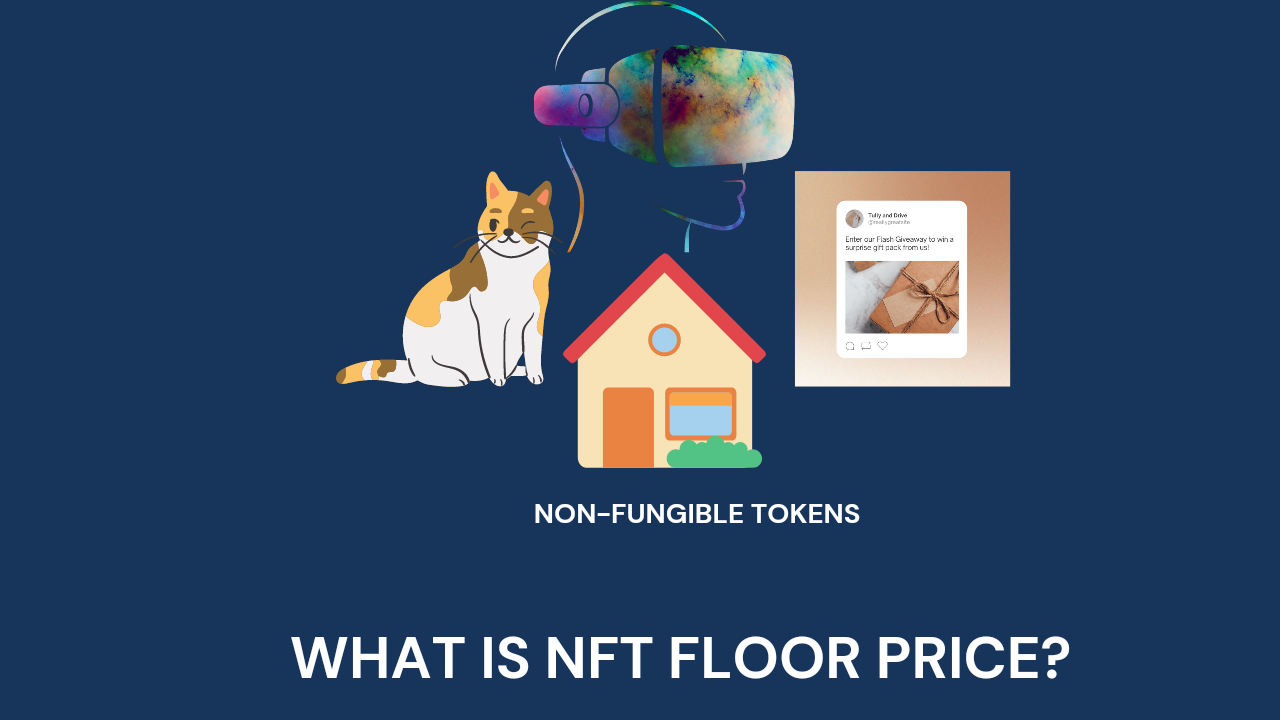NFTs are not exchanged in the same way that ordinary tokens or coins are, where you can simply place a sell order and the token will be sold on the open market at the current market price. They are sold in a different way; their owners list the price they wish to sell it for on the NFT marketplace and wait for a buyer to accept the price order and pay for it. But who sets the price of the NFT after that? NFTs are one-of-a-kind, and their value is determined by their rarity.

However, just as we have high-quality assets, we still have assets that are priced lower than others; in the case of NFTs, we know that price to be the floor price.
People in the NFT community determine the worth of NFTs by their demands. People, as you've probably heard, create demand and value for an item, and this is true in the NFT community. NFTs will have no value until people desire them and are willing to pay for them, no matter how beautiful or unique they are.
One of the first things you'll notice while visiting the NFT collection is the floor price. The term "floor price" refers to the lowest price for an NFT in this collection. It's the same as going into a Tecno store and asking for the lowest android phone; if they answer the lowest is valued at $100, that's the Tecno store's floor pricing.
That's to say, in NFT, the term floor price is the lowest, or least expensive NFT in a collection.
What Factors Determine Floor Prices?
When you go to a Tecno store and ask for the lowest Android phone, they offer you an Android phone that costs $100, it provides you selections and gives you an idea of what other phones might cost. So now the lowest offers is $100, but what if you had $300 on hand, and you didn't like the lowest offers and wanted to go for something far better than the lowest offers? That's exactly how the NFT collectors feel when they are trying to buy or shop for the NFTs.
The floor price of an NFT in a collection is determined by the people who possess the NFTs; they are the ones who decide what the floor price of an NFT in a collection is. When there is FUD or little demand, NFT floor prices tend to decrease, according to NFT collecting or observation. People become desperate and list their NFTs at a much lower price so that they can be sold quickly.
When the NFT collection begins to get attention, the floor price rises, and individuals begin to believe that their NFT is more valuable, and they want more money for it, so they raise the price.
Floor Price Manipulation
Yes, the floor price of NFTs is manipulated as well. The entire financial system is a game for the wealthy, who manipulate the market to benefit themselves. Manipulation can be found even in the NFT space, and it's known as sweeping the floor. When NFT owners in the collection begin to have doubts due to low attraction and begin offering their NFTs at far cheaper prices than the floor price, some select investors may come in and acquire all of the low-priced NFTs to build demand and attract attention.
